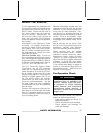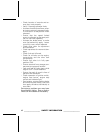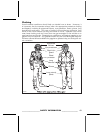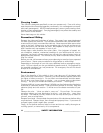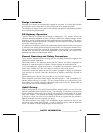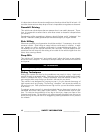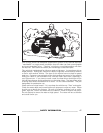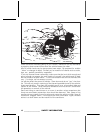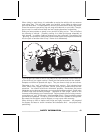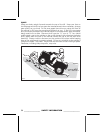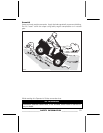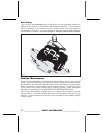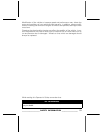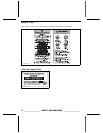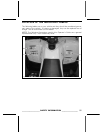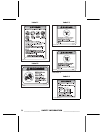
When riding in sand dunes it is advisable to equip the vehicle with an antenna
type safety flag. This will help make your location more visible to others over
the next sand dune. Proceed carefully should you see another safety flag ahead.
Since the antenna type safety flag can snag and rebound on your body if caught,
do not use it in areas where there are low hanging branches or obstacles.
Riding on loose stones or gravel is very similar to riding on ice. They will affect
the steering of vehicle... possibly causing it to slide and tipover especially at
high speeds. In addition, braking distance may be a effected. Remember that
“gunning“ the throttle or sliding may cause loose stones to be ejected rearwards
into the path of another rider's way. Never do it deliberately.
V00A0WL
If you do get into a slide or skid, it may help to turn the handlebar into the direction
of the skid until you regain control. Never jam the brakes and lock the wheels.
Respect and follow all posted trail signs. They are there to help you and others.
Obstacles in the “trail“ should be traversed with caution. This includes loose
rocks, fallen trees, slippery surfaces, fences, posts, and embankments and de-
pressions. You should avoid them whenever possible. Remember that some
obstacles are too large or dangerous to cross and should be avoided. Small rocks
or fallen trees may be safely crossed... approach at a 90° angle. Stand on the
footrests while keeping your knees flexed. Adjust speed without losing momen-
tum and do not “gun“ the throttle. Hold handlebar firmly. Place your body weight
rearwards and proceed. Do not try to lift the vehicle front wheels off the ground.
Be aware that the object may be slippery or may move while crossing.
When driving on hills or slopes two things are highly important... be prepared
for slippery surfaces or terrain variations and obstacles and... use proper body
positioning.
____________
SAFETY INFORMATION
___________
49



